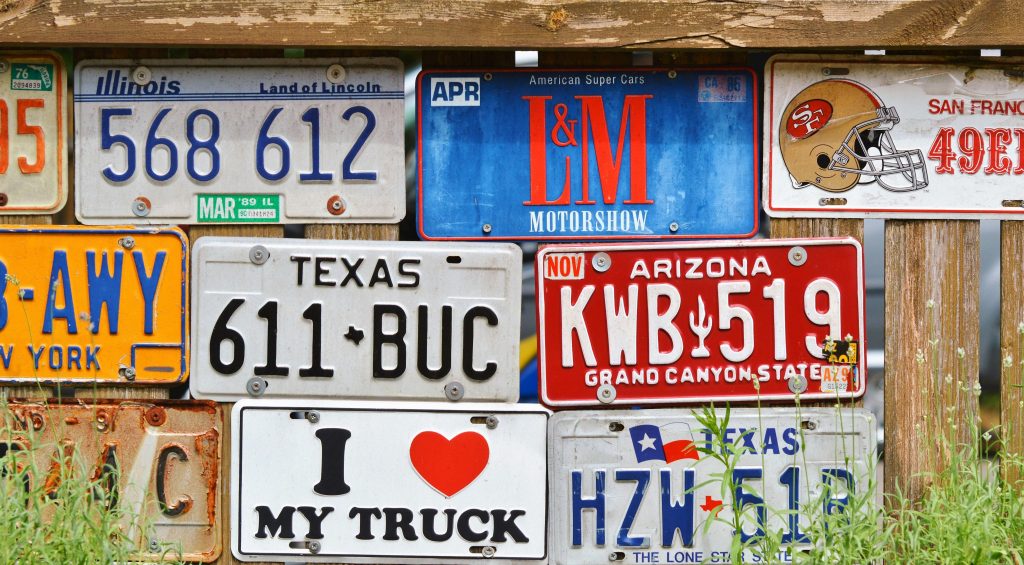HDD Data Recovery: Platter Swap vs. Head Unit Swap—Which is Easier?
Data Recovery is a complex and often daunting task, especially when it comes to hard disk drives (HDDs) that have suffered mechanical failure. For those who are tech-savvy but not professional Data Recovery technicians, the question of whether to perform a platter swap or a head unit swap can be an enticing challenge. In this blog post, we will explore the fundamental differences between these two methods of DIY data recovery, evaluating their complexity, risks, and potential for success.
Understanding Your Hard Drive: A Brief Overview
Before diving into the types of swaps, it’s essential to understand the anatomy of an HDD. A typical hard drive consists of several crucial components:
- Platter: The rotating disk that stores magnetic data.
- Read/Write Head: The mechanism that reads data from and writes data to the platter.
- Spindle Motor: Responsible for spinning the platters at high speeds.
- Actuator Arm: Moves the read/write head across the platter surfaces.
- Circuit Board: Controls the operation of the drive.
Failure of any of these components can lead to data loss. Understanding where and how a drive fails can provide valuable context when considering DIY recovery options, like swapping platters or head units.
What’s the Situation?
In the case described in the Reddit post, the user has a 30GB Seagate Barracuda ST330620A, which has been non-functional for about 25 years. After consulting a data recovery lab specializing in HDD recovery, it was determined that the head assembly had failed, and there was surface damage on the platters. However, the spindle motor, circuitry, and firmware were all still operational. The cost for professional recovery was quoted at about $1,000, with a 50% chance of success—a gamble that this user chose to forgo after waiting a quarter of a century without the data.
Finding an identical HDD on eBay presents a tantalizing opportunity for DIY recovery. However, with a focus on effectiveness and safety, one must consider the ease and risks associated with swapping components.
Platter Swap vs. Head Unit Swap: The Fundamentals
Both methods can potentially lead to successful data recovery but involve distinct processes, varied difficulties, and different risks.
Platter Swap
What is a Platter Swap?
A platter swap involves transferring the actual data-containing disks (platters) from a non-functioning hard drive to another functioning HDD. The goal is to place the original platters onto a working HDD’s spindle, utilizing its operational components.
Procedure
-
Prepare the Environment: A clean, anti-static workspace is crucial. Dust particles can settle on platters, leading to further data corruption.
-
Disassemble the Drives: Carefully open both the original and donor HDDs, noting the layout and any screws or clips to ensure proper reassembly.
-
Remove Platters: The platters must be taken out from the original drive and placed onto the spindle of the donor drive’s assembly. Care must be taken not to touch the surface of the platters as they are sensitive to physical contact.
-
Reassemble and Test: The donor drive is reassembled and connected to a power supply and data cable. If successful, the original data should be recoverable.
Challenges and Risks
While a platter swap might sound simple, several challenges exist:
-
Surface Damage: If the original platters have significant surface damage, any successful data recovery chance diminishes.
-
Clean Room Environment: Ideally, this process should be conducted in a clean room to avoid particle contamination. Without this, especially in your home environment, you run the risk of scratching the platters.
-
Alignment Issues: Precise alignment is necessary. Any misalignment could render the drive non-functional.
Head Unit Swap
What is a Head Unit Swap?
A head unit swap is the process of replacing the read/write head assembly from a donor drive into the original HDD. This method is usually less invasive than a platter swap and often attempts to preserve the original platters.
Procedure
-
Environmental Preparedness: Similar to a platter swap, performing a head unit swap also requires a clean environment to avoid adding dirt or particles into the drive.
-
Disassemble the Drives: Open both drives, noting the configuration and taking photographs if necessary for reassembly.
-
Remove Head Assembly: Carefully detach the damaged head assembly from the original drive and replace it with the donor’s head. This is usually done by unscrewing the actuator arm.
-
Reassemble and Test: Seal the donor drive and connect it to see if the data is accessible.
Challenges and Risks
Although typically less complicated than a platter swap, a head unit swap is not without its challenges:
-
Compatibility: The donor head must be fully compatible with the original platters. Even slight variances can lead to failure.
-
Precision Required: The read/write heads are delicate. Any misplacement or improper handling can result in further damage to the platters.
-
Success Rate: A head unit swap relies heavily on the condition of the platters as well. Significant scratching or damage can still prevent data recovery.
Which is Easier?
While both methods require a level of technical skill and equipment, from a purely logistical standpoint:
-
The Head Unit Swap is generally easier than a platter swap. The risk of contamination and physical damage is lower because you do not need to handle the sensitive platters directly.
-
The Platter Swap, while potentially more rewarding if successful, requires a higher level of caution and precision, making it more challenging for those without specialized training.
Risks Involved in DIY Recovery
Regardless of which method you choose, DIY data recovery involves significant risks. Here are a few crucial considerations:
-
Data Loss: With both swaps, there’s a risk that data could be permanently lost if the process is not executed correctly.
-
Warranty Voidance: If the HDD was under warranty, opening it would void that coverage.
-
Component Damage: HDDs are delicate; static electricity or improper handling can ruin components.
Alternatives to DIY Recovery
If DIY data recovery appears daunting, consider these alternatives:
-
Professional Services: Although costly, professional data recovery services have specialized equipment and clean room environments necessary for high success rates.
-
Data Backup Solutions: If you encounter problems where the data you relied on previously becomes lost or corrupted, it may be time to invest in robust data backup solutions to prevent future loss.
Conclusion: To Swap or Not to Swap?
Navigating the realm of HDD recovery can be fraught with challenges, especially when attempting DIY methods like platter or head unit swaps. While both approaches have merits, the head unit swap typically stands out as the simpler option, especially for individuals with average technical capabilities who seek to minimize the risk of damage.
However, it’s crucial to recognize the time, effort, and potential consequences involved in these endeavors. Keeping in mind that the original user had lived without the data for 25 years can put the entire situation into perspective. It’s a testament to the understanding that while data recovery can sometimes be a thrilling technical challenge, it’s essential to weigh the risks and reality against the value of that data.
So, are you ready to take the plunge into DIY data recovery? Your decision will ultimately depend on your assessment of the risks, potential rewards, and how much you value the data on that old hard drive. Whether you choose to attempt recovery or explore alternative options, each step is an opportunity to learn and adapt, ensuring that you are better prepared for whatever tech challenges lie ahead.
Share this content:



